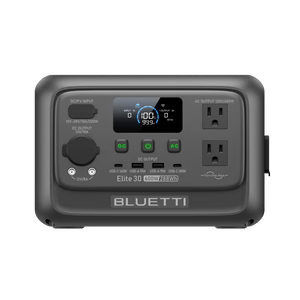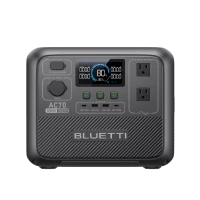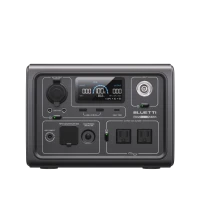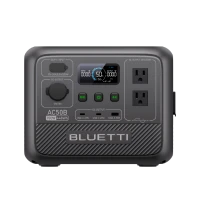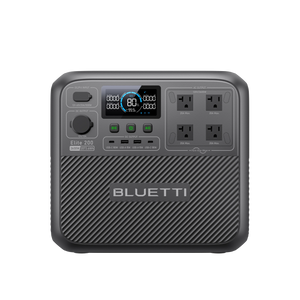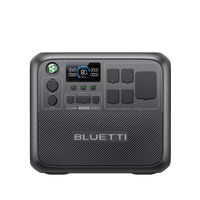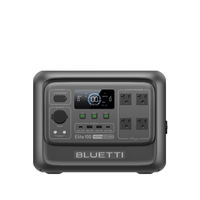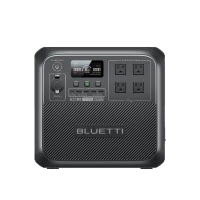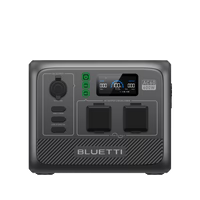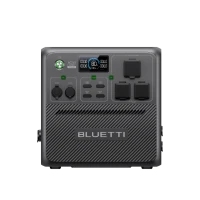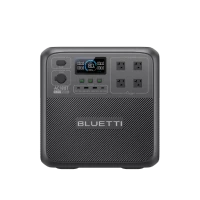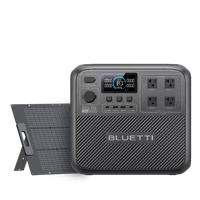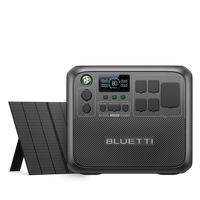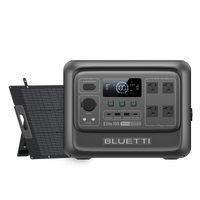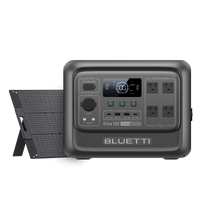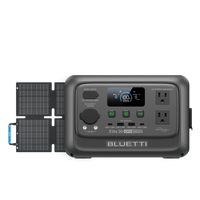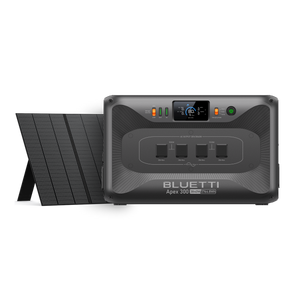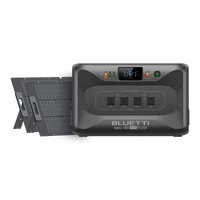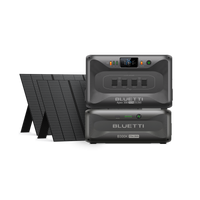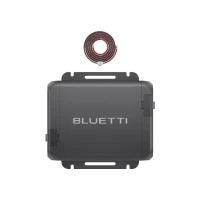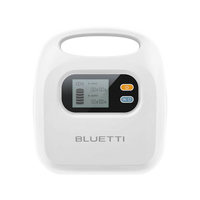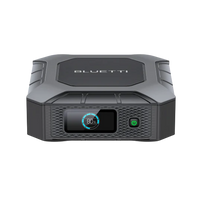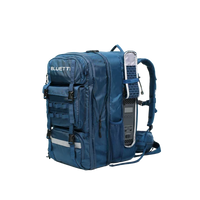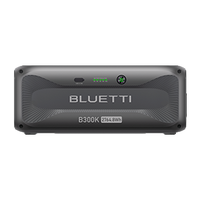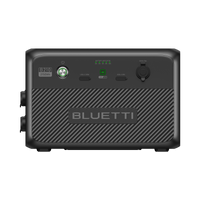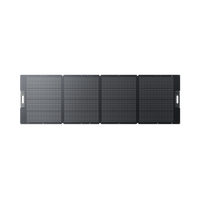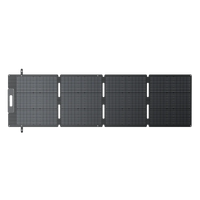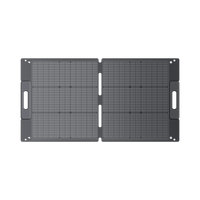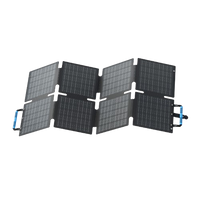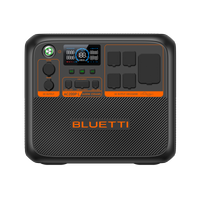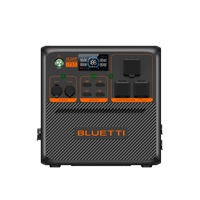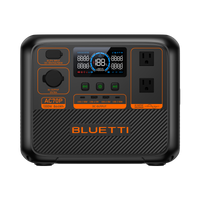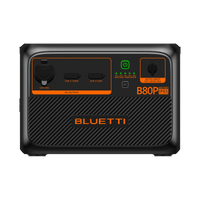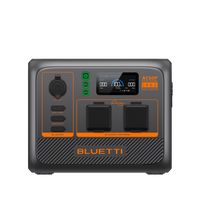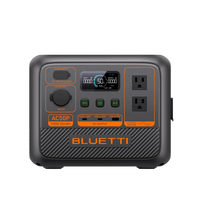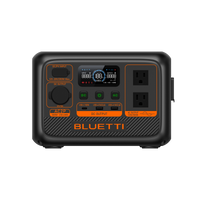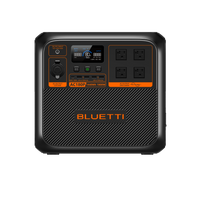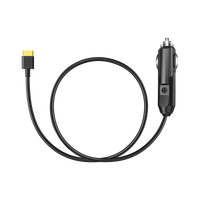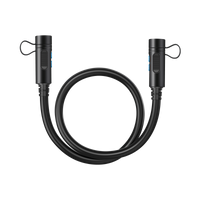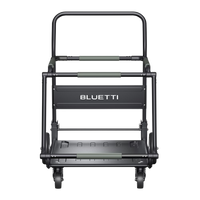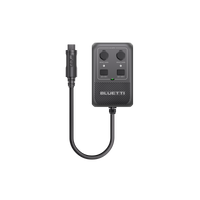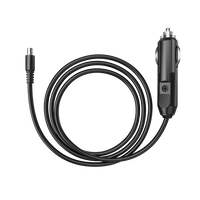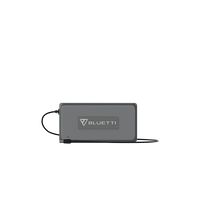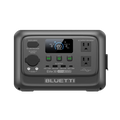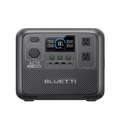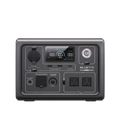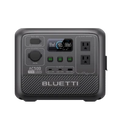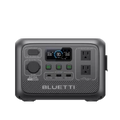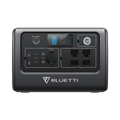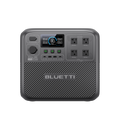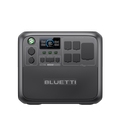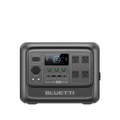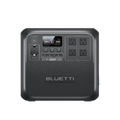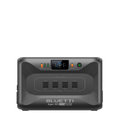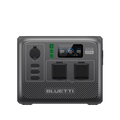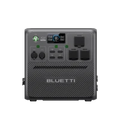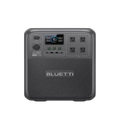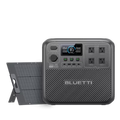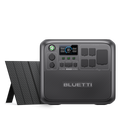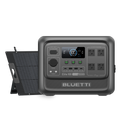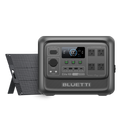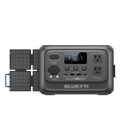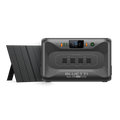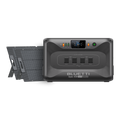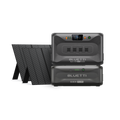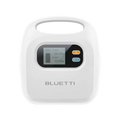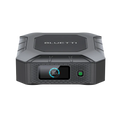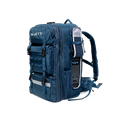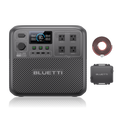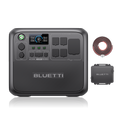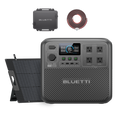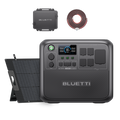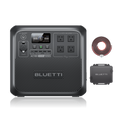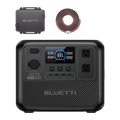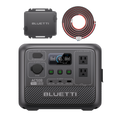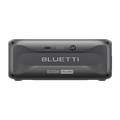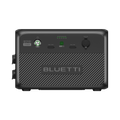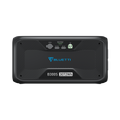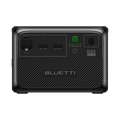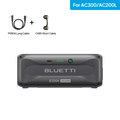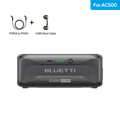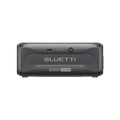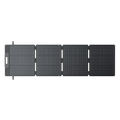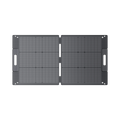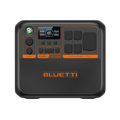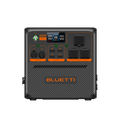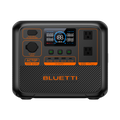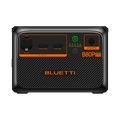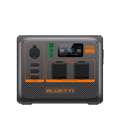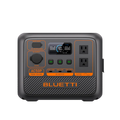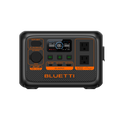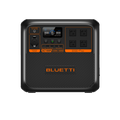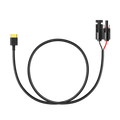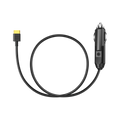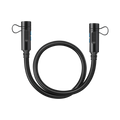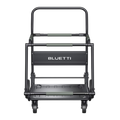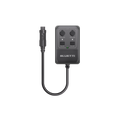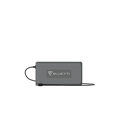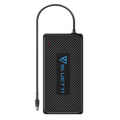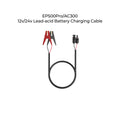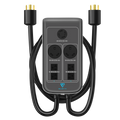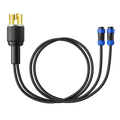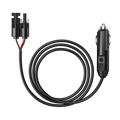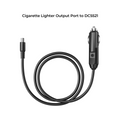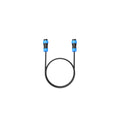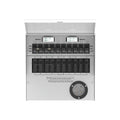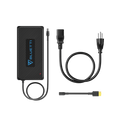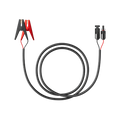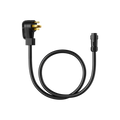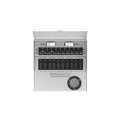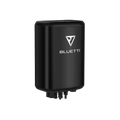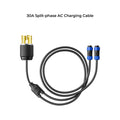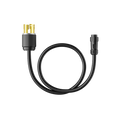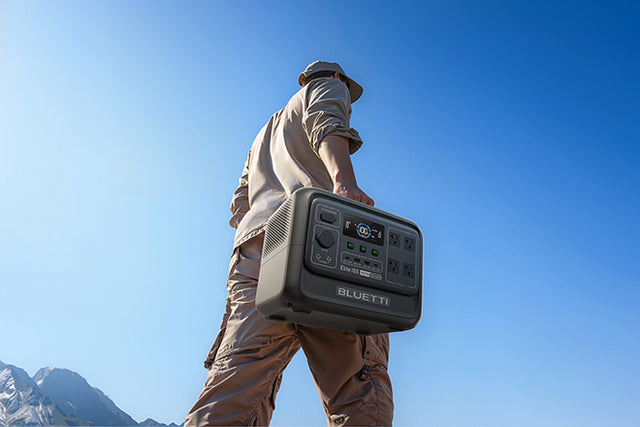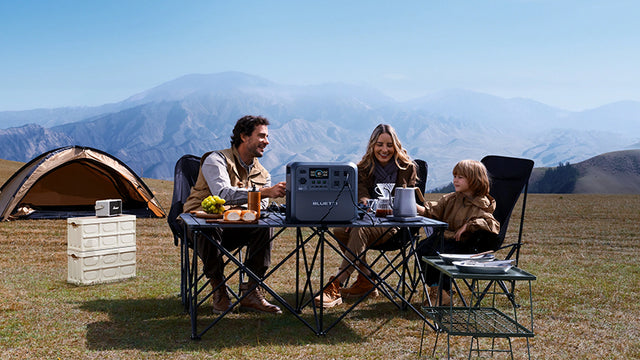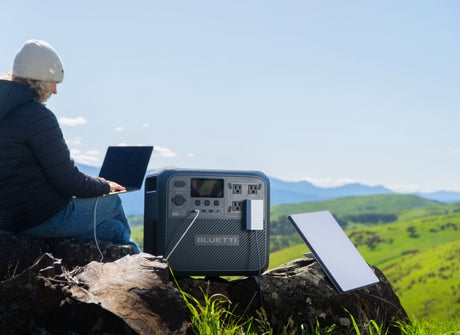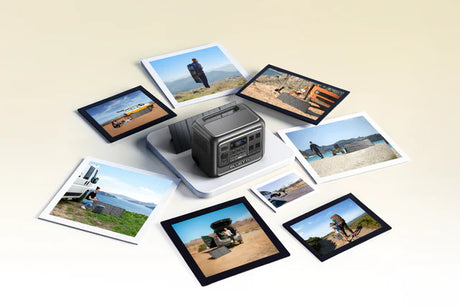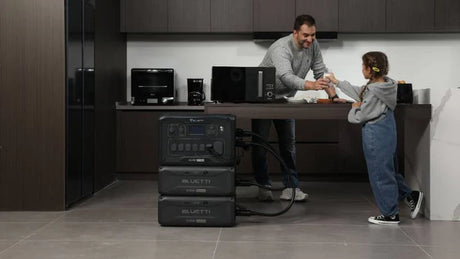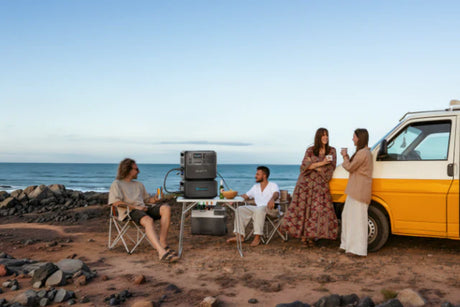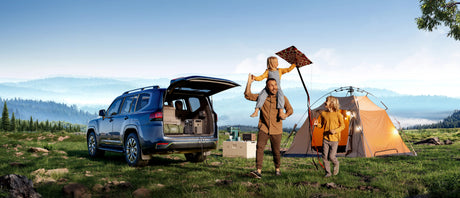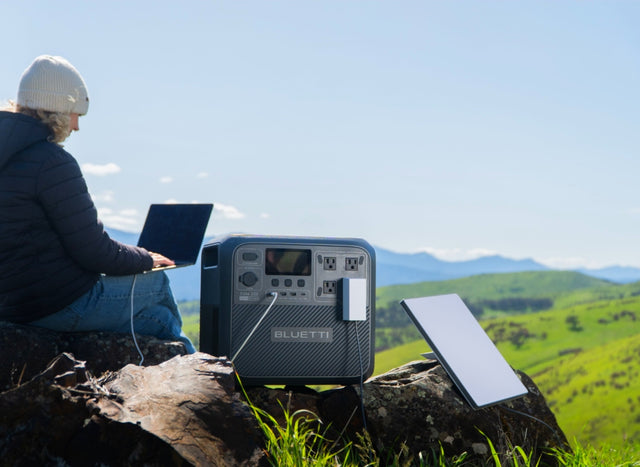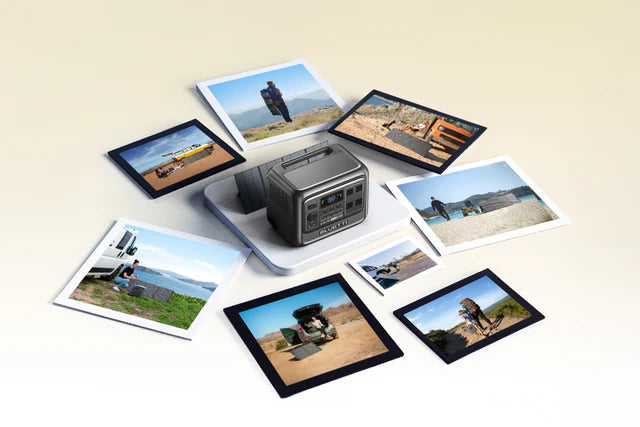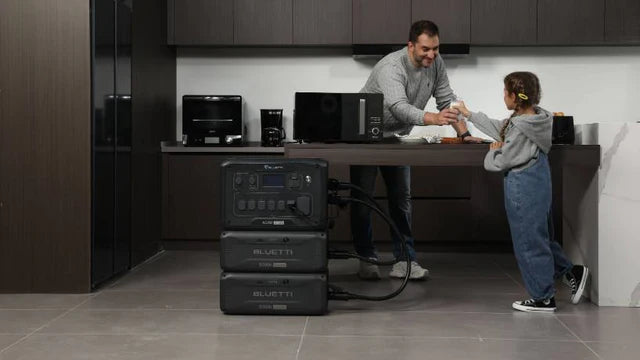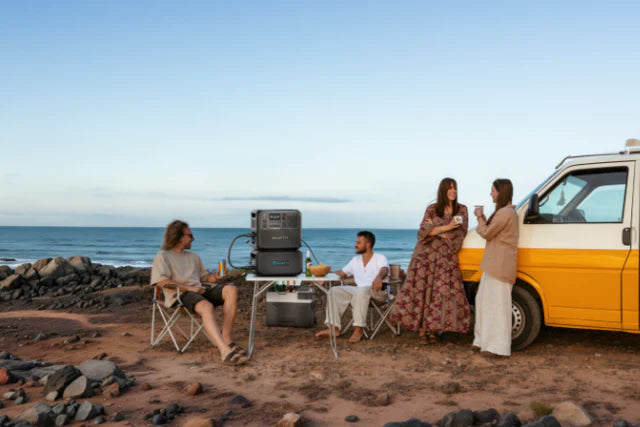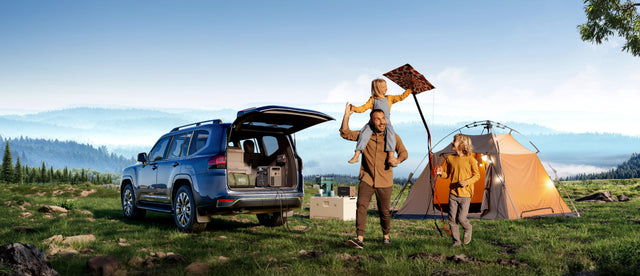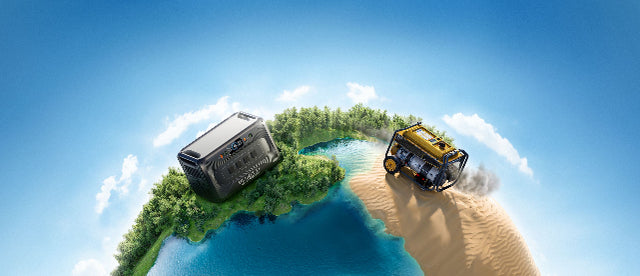Figuring out how to drive in the winter can be complicated, with slippery roads, variable environmental changes, and other factors making it difficult to navigate the roads safely. However, with the necessary knowledge and preparation, these challenges can be weathered safely and comfortably. This guide will take a look at the types of tires you may want to experiment with if you’re driving in winter conditions, as well as outfitting yourself with the power solutions you need to ensure you’re ready for anything.
Understanding All-Season Tires
What Are All-Season Tires?
All-season tires are engineered to help deliver suitable performance in an array of circumstances, including dry summer roads and even light winter conditions. They are the most common tire type you will see on vehicles today, and that is not without merit, as they provide a good balance of features for a lot of drivers.
Common Features of All-Season Tires: Moderate Tread Depth
- Symmetrical tread pattern
- Harder rubber compound
- Year-round usability
Advantages and Disadvantages of All-Season Tires
All-season tires have pros and cons. Let's take a closer look:
Pros:
- Performance across a range of circumstances
- Great value, because you don’t have to change tires seasonally.
- Longer life tread than specialized tire
Cons:
- Not as effective in extreme winter conditions
- Reduced performance in both summer and winter compared to specialized tires
- May not fulfill winter tire demands in some places
Exploring All-Weather Tires
What Are All-Weather Tires?
All-weather tires are a new category designed to sit in between all-season and winter tires. They are designed to work better in winter conditions than all-seasons, while still being usable in all four seasons.
Album: How All-Weather Tires Work
- More tread depth than all-season tires
- Much more aggressive-looking tread pattern
- 3-dimensional striations and lighter rubber cable than all-season tires
- Certified with a 3-peak mountain snowflake symbol
All-Weather Tires: The Good and Not So Good
All-weather tires have their own advantages and challenges:
Pros:
- Improved winter performance over all-season tires
- Year-round usability
- Comply with winter tire laws in most areas.
Cons:
- Costlier than all-season tires
- Shorter tread life than an all-season tire
- Not as good as dedicated winter tires in extreme winter conditions

Delving into Winter Tires
What Are Winter Tires?
Winter tires (or snow tires) are specifically built for the cold temperature and the harder weather in winter, such as snow, mud, or slush.
Key Features of Winter Tires
- Abundant, aggressive tread design
- Will include a number of sipes (small slits) in its tread blocks
- Very soft rubber compound stays pliable at low temperature
- Certification with the three-peak mountain snowflake symbol
Pros and Cons of Winter Tires
There are both pros and cons to winter tires:
Pros:
Cons:
- Require season-specific modification
- Cost for a second set of tires
- Decreased performance and shorter life in warm conditions
Comparing the Three Types of Tires
To help you better understand the differences between these tire types, let’s compare them side-by-side:
| Feature | All-Season Tires | All-Weather Tires | Winter Tires |
| Winter Performance | Poor to Moderate | Moderate to Good | Excellent |
| Dry Road Performance | Good | Good | Poor to Moderate |
| Wet Road Performance | Good | Very Good | Good |
| Tread Life | Long | Moderate | Short (when used year-round) |
| Versatility | High | Very High | Low |
| 3PMSF Certification | Rarely | Often | Always |
| Best Temperature Range | Above 45°F (7°C) | 20°F to 70°F (-7°C to 21°C) | Below 45°F (7°C) |
Choosing Between on-road and off-road Tires
What type of tire you should buy depends on a number of conditions, including your regional weather, driving style, lifestyle, and even your budget. Here are a few rules of thumb to consider.

When to Choose All-Season Tires
- You reside in a climate that has mild winters or minimal to zero snow.
- They do not experience severe winter driving conditions very often.
- You don’t have a big budget and need to make only one set of tires work.
When to Choose All-Weather Tires
- You live in a region with mild winter weather but want nothing to do with exchanging tires seasonally.
- You sometimes drive in snow or icy conditions.
- You want superior winter performance than all-season tires without the need to swap them out seasonally.
When to Choose Winter Tires
- You live in a place that is subject to harsh winters and heavy snowfall.
- You drive often under difficult winter conditions.
- Your safety in winter driving is the most important to you, no matter the cost.
Winter Driving Preparation: More than Just Tires
Selecting the correct tires is critical to driving safely in the winter; however, it is not the only step. It’s just as important to be prepared for the unexpected. That’s where portable power stations and alternator chargers come in handy.

Portable Power Stations
Let’s say you’re driving down a road in snowy weather and your car has a malfunction. This can rapidly become hazardous in cold conditions. A portable power station can be a real lifesaver in situations like those. Here's why:
- Emergency Power: It can charge your phone to call for help or operate small heaters to keep you warm.
- Jump-starting: Some, but not all, portable power stations can also jump-start your car if the battery dies from cold weather.
- Versatility: They power a bunch of devices, from lights to small appliances, to make your wait for help more comfortable.
The BLUETTI Elite 200 V2 Portable Power Station is a perfect companion for winter prep. With its high capacity and multiple output ports, this portable tool can be used in a myriad of emergency situations.
Alternator Charger
Another necessary tool for winter driving is an alternator charger, such as the BLUETTI Charger 1. Unlike devices that charge car batteries, this product is designed to connect the car’s alternator to a portable power station, enabling:
- Fast Charging: It charges portable power stations 5-6 times faster than a traditional 12V car cigarette lighter.
- Battery Longevity: By controlling the voltage output, it helps extend the battery life of your portable power station.
- Convenience: It ensures the power station remains sufficiently charged for powering devices during your trip.
What You Can Do Today to Stay Safe on the Road This Winter
In addition to picking the right shoes and being prepared with power solutions, here are a few more suggestions for driving safely in the winter:
- Plan Your Route: Before leaving, check weather and road conditions.
- Take Care of Your Car: Keeping up with maintenance is essential for winter driving.
- Add Space: Allow more distance between yourself and the vehicles around you when driving on snowy or ice roads.
- No Jerking: Feather on and off the throttle, braking, and steering.
- Be Seen: Use your headlights in poor visibility conditions.
- Prepare an Emergency Kit: An emergency blanket, flashlight, snacks and water, etc.
- Also, learn winter driving: Practice things like turning into a skid in a controlled space.
- Stay Updated: Keep a weather radio or an app handy to get updates on changing conditions.
Final Thoughts
Selecting the appropriate tires for winter driving is a matter of utmost importance and will greatly affect your safety on the road. In warmer climates, all-season tires may be adequate for winter, but in harsher conditions, you should seriously consider an all-weather or dedicated winter tire.
Keep in mind that the selection of tires is contingent on your particular situation. When making your decision, think about your local climate, driving habits, and your budget. With the right preparation tools, like the BLUETTI portable power station and alternator charger, you'll be ready to tackle wintertime driving with confidence. Keep well, keep prepared, and have some nice winter driving!
Frequently Asked Questions
- What’s the difference between all-weather and all-season tires?
All-weather tires provide improved winter performance, while all-season tires are for moderate climates.
- When do I need to replace my winter tires?
Winter tires should be replaced every 3-4 years, or when tread depth is below 4/32 inches.
- How do I jump-start my car with a portable power station?
Yes, a lot of portable power stations feature jump-start capabilities.
- Are alternator chargers suitable for all types of vehicles?
Alternator chargers are generally compatible with most vehicles, but again, always check before buying.
- What should tire pressure be for winter driving?
Check your manual, but in general, tire pressure should be a little higher in winter to make up for drops in temperature. Cold temperatures can cause tire pressures to drop, and generally, tire pressures drop 1 PSI for every 10°F drop in temperature, and it is usually safest to maintain the recommended PSI. Therefore, drivers should make sure to check tire pressures regularly during colder months.
Driving in winter conditions is all about preparation and the best tools for the job. Arm yourself with an informative article on how to travel safely on winter roads!
